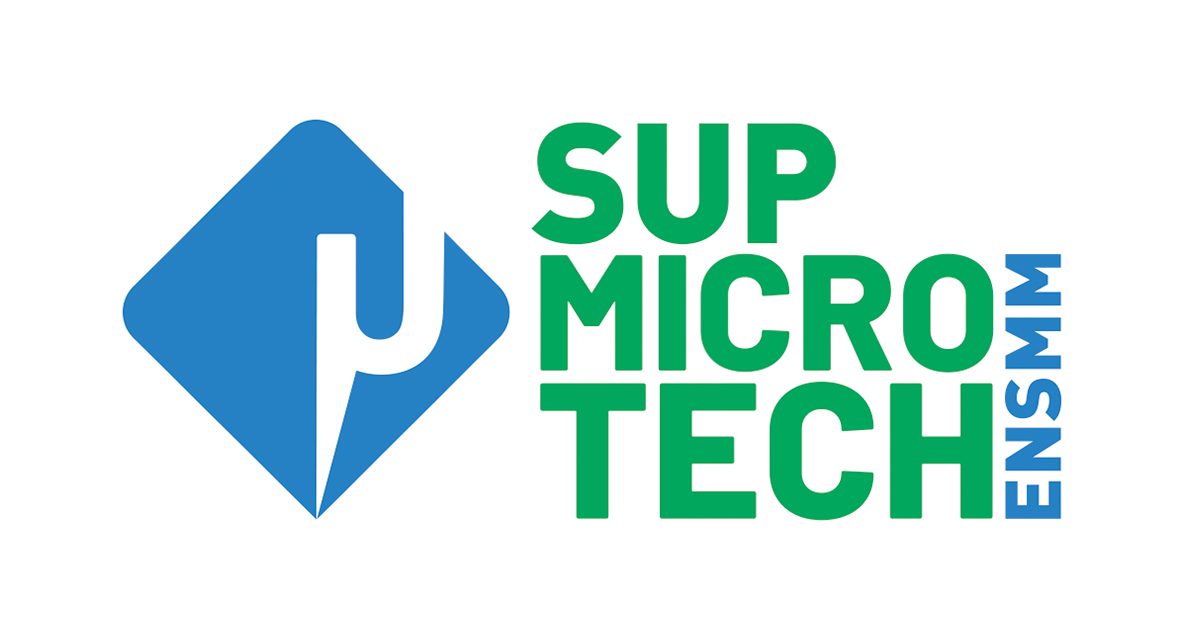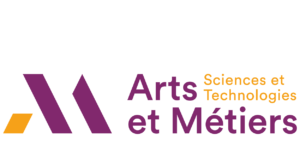Plasmonics potential for more energy-efficient neuromorphic computing
The PlasmoniAC project, led by Professor Jean-Claude WEEBER of the Carnot Interdisciplinary Laboratory of Burgundy (ICB – UMR 6303 CNRS/UBFC), was laureate in 2019 of the Horizon 2020 device. It benefits from financial support of nearly 4,000,000€, through the Research and Innovation Actions* (RIA) instrument.

The PlasmoniAC project aims to use the potential of plasma to achieve more energy efficient neuromorphic informatics.
Neuromorphic computing, which includes devices capable of mimicking the natural biological structures of the human nervous system, represents a promising energy-efficient alternative to conventional computing architectures. Each component of the neuromorphic network relies on the use of ultra-compact components made from relevant materials. PlasmoniAC’s neuromorphic network exploits on the one hand proven solutions of photonic interconnection but also electronic nano-components such as the memristor, the interfacing of the two optical and microelectronic technologies being ensured by the use of plasmonic modes (optical mode based on the excitation of the free electrons of metallic connections) which allow on the one hand the transmission of information at very high speed and on the other hand the implementation of nanoscopic components with high integration density and low consumption energetic.
PlasmoniAC will invest in premium plasmonics-based materials and technologies to optimize the computing power, size and energy of neuromorphic chips.
If successful, the project will demonstrate a plasmonic, artificial and powerful neuronal suite. It could be up to three orders of magnitude higher in computing efficiency per neuron, and up to six orders of magnitude lower in power consumption than the best advanced neuromorphic machines.
For more information on this project, click here.
Professor Jean-Claude Weeber is also laureate of the ISITE-BFC call for projects n°2, with the CoILS project (Axis 1).
More information here.
* Extract from the website (09/08/2020) :
“RIA – Research and Innovation Actions – RIA
These are collaborative projects that consist mainly of activities aimed at establishing new knowledge and/or exploring the feasibility of a new or improved technology, product, process, service (or solution).
These activities may include basic and applied research, technology development and integration, testing and validation of a small-scale prototype in a laboratory or simulated environment.
Projects may include directly related but limited demonstration or pilot activities aimed at demonstrating technical feasibility in a near-operational environment. »






